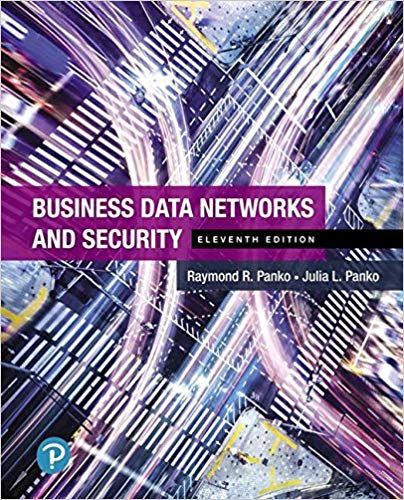a. Complete the traffic table in Figure 3-13. b. In Figure 3-12, add 392 Mbps of traffic
Question:
a. Complete the traffic table in Figure 3-13.
b. In Figure 3-12, add 392 Mbps of traffic for Seattle-Ogden communication. Using a picture like the one in the figure, show your work.
c. Do it again with a traffic table.
d. In Figure 3-10, remove the link between Q and R but add a link between Q and S. Using a picture, calculate requirements, showing your work. (Do not add the 392 Mbps in Parts b and c.)
e. Now use a traffic table to do the calculations.
f. If you have 10 site pairs connected by seven transmission links, how many rows of traffic data will you have in your traffic table?
7f.) If you have 10 site pairs connected by seven transmission links, how many rows of traffic data will you have in your traffic table?
a. 7
b. 10
c. 14
d. 20
g. How many columns?
7g.) If you have 10 sites connected by seven transmission links, how many columns of information will you have in your traffic table?
a. 7
b. 10
c. 14
d. 20
Step by Step Answer:

Business Data Networks and Security
ISBN: 978-0134817125
11th Edition
Authors: Raymond R. Panko, Julia L. Panko





